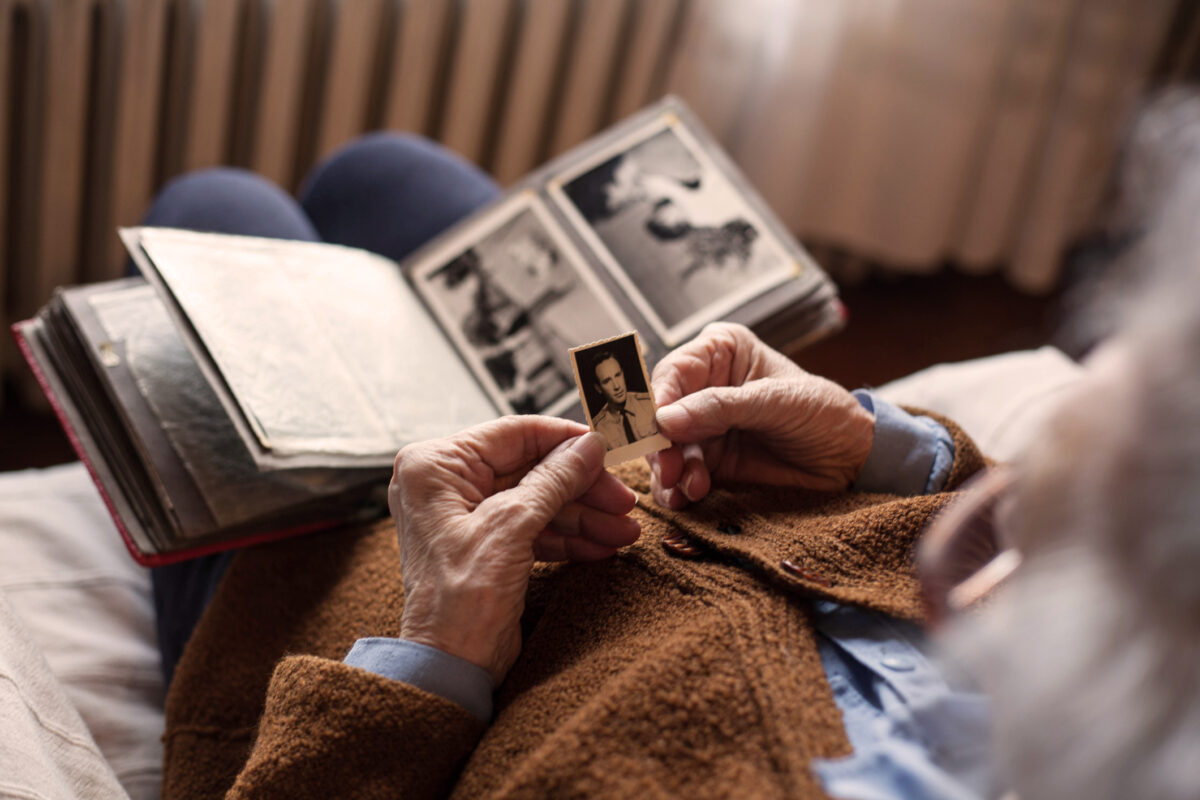Personal digital monitoring with health tech is a fast-growing field. According to research from Insider Intelligence, health and fitness app users will expand to 91.3 million through 2023, up from 88.5 million in 2022.
The good news is that apps and wearable monitoring devices give you and your healthcare team real-life data in addition to what you share with your doctor during a check-up.
“The data generated by these apps and wearables can be useful to a clinician when making decisions about your care plan and or diagnosis,” says Joseph Kvedar, MD, a practicing dermatologist and professor of dermatology at Harvard Medical School. “They can also be motivating to you as an individual.”
But not all apps and gadgets are worth it. Some health technologies promise a lot but deliver very little. Here’s a rundown on how to incorporate health tech into your routine while avoiding gimmicks and tools you don’t need.
Choose Your Health Tech Wisely
“Beware of marketing that sometimes makes claims that are a little bit far-fetched. If it sounds goofy, it probably is,” Kvedar says. FDA evaluation focuses on safety and less so on clinical validity. That means, approval shows the device will not hurt you, but not that it will necessarily help you.
Another issue: Companies often present scientific studies to back up their claims, but what you don’t realize is that the studies are on the theory behind the gadget but not on the actual gadget itself, says Dr. Kvedar. Before shelling out a lot of money, read online reviews and consult with your doctor.
Coordinate With Your Physician
You may want a health monitoring device just for your own information or to stay on track with various therapies and exercises. If you want your doctors involved, discuss potential tools and apps with them first to see if they could benefit from accessing your data. Some apps can transfer data directly to your healthcare team.
Check Into Insurance Coverage
Insurance may cover some—but not all—health technologies, and coverage varies from plan to plan. For guidance, work with your physician’s office or your insurance representative.
A Rundown of Popular Health Tech Tools
Sleep Apnea Apps
Today, there are apps that can help you determine if you have sleep apnea. You can download apps such as Snore Control, ApneaApp and SnoreLab onto your phone, leave your phone by your bed, and the app lets you know if you have breathing troubles that could point to sleep apnea. See your doctor if an app reports suspicious events.
Other CPAP apps, such as ResMed AirSense 10 and the Philips Respironics DreamStation, can transmit your data directly to your physician if you’re already using continuous positive airway pressure (CPAP) therapy to treat sleep apnea.
Wireless Blood Pressure Monitors
At-home blood pressure monitors can help you keep track of your heart rate and pressure numbers, alerting you if you need to see your doctor or visit the ER. But be careful: At-home blood pressure monitors can be inaccurate. Check out the ones approved by the U.S. Blood Pressure Validated Device Listing. Also, show your doctor how you take your pressure to make sure you are doing it correctly.
Exercise Trackers and Apps
You can use Apple Health on your iPhone or pedometers such as FitBit or 3DActive to track your daily steps. The Fitbit Charge 5 measures your heart rate, skin temperature and stress levels. Many of these many exercise apps can be downloaded to your smartwatch, Apple or Android phone, or exercise tracker.
Other trackers are built into exercise equipment. Peloton offers stationary bicycles, treadmills and indoor rowers connected to screens that stream live and on-demand fitness classes through a subscription service. A leaderboard kicks up the motivation level, and the equipment records data such as resistance, distance, calories burned, heart rate and more so you can monitor your progress.
Menopause Apps
Some apps that can help menopausal women track and deal with symptoms. Evernow recently released a new mobile app that follows your symptoms and downloads data to their medical team. The team then develops a personalized course of care, and the company even offers medication delivery.
Balance, a free app, also tracks menopause symptoms and provides access to personalized expert content and a support group forum.
Stress Relief
When it comes to finding inner peace, there are lots of tools that promise to help. Here are just a few:
- Relaxing Rhythms is biofeedback app teaches you how to relax your body and mind.
- Happify helps minimize stress and anxiety by showing how to manage your thoughts.
- Muse S uses a headband equipped with electroencephalography (EEG) sensors to follow brain activity, heart rate, breathing and body movements during sleep and meditation, and data is downloaded to your computer or smartphone. It then teaches you how to guide your thoughts to a calm and settled state.
Enhance Your Health With Tech
If you are the kind of person who likes to be proactive about your health and finds feedback motivating, digital apps and gadgets might be right for you. Do your research and talk to your healthcare team before you take the plunge on a new health technology.
Have you found that certain medical apps or gadgets have significantly improved your healthcare and outcome? Which ones? How have they helped? Let us know in the comments!
Read more – Mobile Apps to Boost Wellness and Longevity







Some of this technology sounds good if one has the right phone and
I love using my Fitbit! It keeps me motivated daily. If I see that I am close to getting a certain number on distance, I will go for another walk!
Check out Nymbl. It’s a free app that provides daily balance activities.
Thanks; this was very helpful